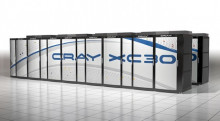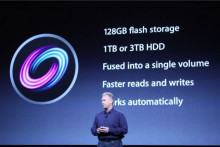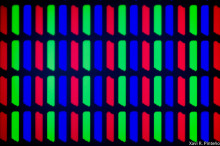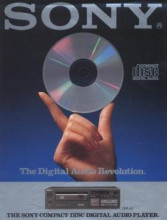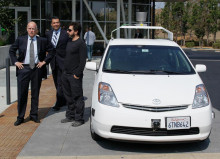Cray vs. China: The race to 100 Petaflops
Hot on the heels of the 20 Petaflops Titan supercomputer at Oak Ridge National Laboratory, the recently crowned world’s fastest supercomputer, Cray has announced the XC30 architecture, which will allow for the creation of supercomputers that break 100 Petaflops – 100 quadrillion floating-point operations per second.














































